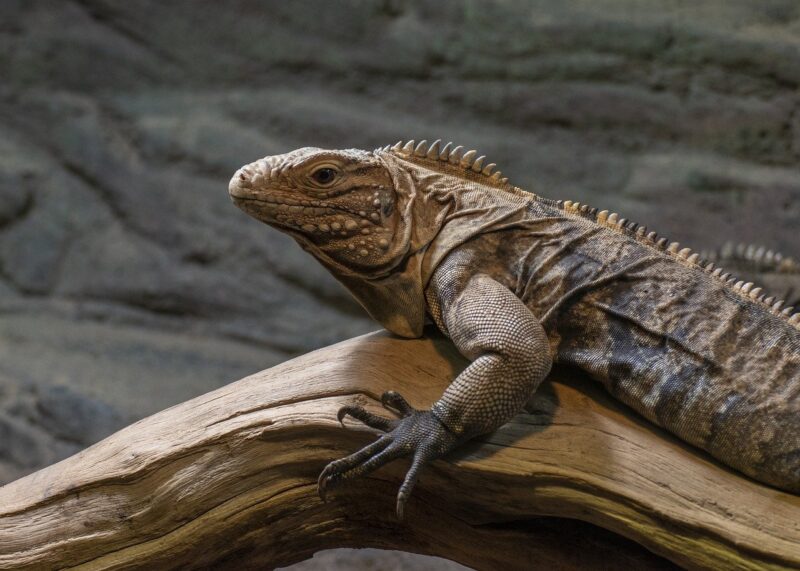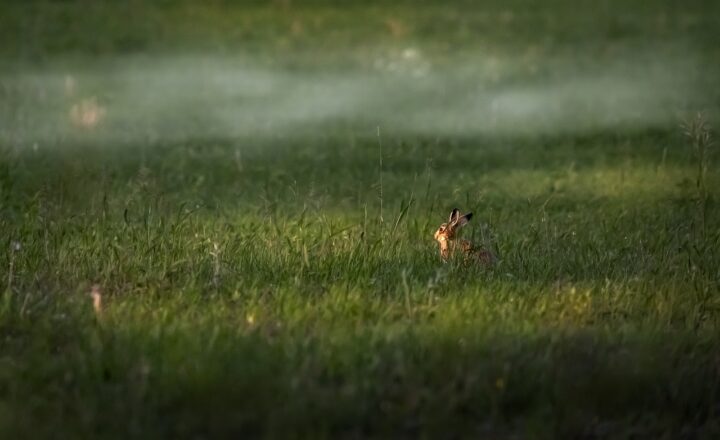How Zoos Are Helping to Reintroduce Endangered Species Back into the Wild
November 12, 2024

The plight of endangered species is a pressing concern in today’s world. Habitat destruction, climate change, poaching, and pollution have led to a staggering rate of species extinction that threatens biodiversity across the globe. While the conservation of these species predominantly occurs in their natural habitats, zoos have emerged as critical players in the fight against extinction. They provide not just a safe haven for endangered species, but also play a vital role in the reintroduction of these animals back into their natural environments.
1. The Role of Zoos in Conservation
Zoos have evolved beyond mere exhibition centers for animals. Today, they focus heavily on conservation efforts aimed at preserving biodiversity. They engage in research, breeding programs, habitat restoration, and public education. By fostering a deeper understanding of wildlife among visitors, zoos also raise awareness about the urgent need for conservation.
Key Areas of Focus for Zoos:
– Breeding Programs: Many zoos participate in captive breeding programs aimed at increasing the populations of endangered species. These programs are crucial for species that cannot sustain themselves in the wild due to dwindling numbers.
– Research and Education: Zoos conduct research that improves our understanding of animal behavior, genetics, reproduction, and diseases, informing future conservation strategies. Through educational programs, they inspire visitors to take action for wildlife conservation.
– Field Conservation: Some zoos contribute to conservation efforts in the wild through habitat restoration, wildlife protection laws, and working with local communities to ensure sustainable practices.
2. Success Stories of Reintroduction
Zoos have a rich history of successfully reintroducing endangered species into the wild. These programs demonstrate not only the effectiveness of captive breeding and the importance of genetic diversity but also highlight the role of zoos as active participants in wildlife conservation.
Notable Examples:
– California Condor: Once on the brink of extinction, the California condor was saved through a meticulous captive breeding program initiated by several zoos across the United States. Through breeding and reintroduction efforts, the population has rebounded to over 400 birds today, many of which live in the wild.
– Arabian Oryx: This species was declared extinct in the wild in 1972 but has made a remarkable recovery thanks to zoo-led breeding programs. After extensive breeding efforts, the Arabian oryx was reintroduced into its native habitat in Oman, showcasing the potential to restore populations even after near extinction.
– European Bison: Facing extinction in the early 20th century, European bison were preserved in zoos. Today, reintroduction efforts have led to populations flourishing in their historical ranges across Europe.
3. Preparing Animals for Reintroduction
Reintroducing animals into the wild is a complex process that requires careful planning and execution. Zoos employ a series of strategies to prepare these animals, ensuring they have the best chance of survival.
Preparation Steps Include:
– Natural Behavior Training: Animals reared in captivity must learn behaviors necessary for survival in the wild, such as foraging and predator avoidance. Zoos replicate these challenges through simulated environments.
– Health Assessments: Comprehensive health evaluations are conducted to ensure that animals are free of diseases that could threaten wild populations. Genetic diversity is also a priority to enhance the survival chances of reintroduced groups.
– Release Strategies: Zoos often work with conservationists to develop release strategies that include acclimatization in semi-wild environments before full release. This helps animals gradually adjust to their natural surroundings.
4. Challenges and Considerations
Despite the successes, zoo-based reintroduction programs face significant challenges. Understanding the complexities of ecosystems, human-wildlife conflict, and environmental changes are crucial for the survival of reintroduced species.
Addressing Challenges:
– Habitat Loss: Before reintroduction, conservationists must ensure that suitable and sufficient habitat exists for the species. Habitat restoration may be necessary, as many areas where animals once thrived have been destroyed.
– Human Interaction: Increasing human populations can pose dire threats to wildlife. Careful strategies must be developed to minimize human-animal conflict after reintroduction. Education and engagement with local communities are essential to build support for conservation efforts.
– Monitoring and Follow-Up: Continuous monitoring of reintroduced populations is essential to address issues post-release. This can involve tracking animals via GPS or radio collars and assessing health and reproductive success.
5. The Future of Zoo-Based Conservation
As the world faces unprecedented biodiversity loss, the role of zoos in conservation will only grow more important. Collaboration among zoos, governments, and non-profit organizations is vital for continuing and expanding reintroduction programs. By investing in conservation and focusing on community involvement, zoos can help ensure a future for endangered species.
The path ahead is filled with challenges, but with innovative approaches and collaborative efforts, zoos can continue to be at the forefront of reintroducing endangered species back into the wild, rekindling hope for a more balanced ecosystem.
Conclusion
Zoos shouldn’t be seen solely as places for entertainment; they are pivotal in the fight against extinction and the preservation of biodiversity. Their expertise, resources, and ongoing commitment to wildlife conservation make them invaluable allies in reintroducing at-risk species into their natural habitats. The stories of success are inspiring, and with continued effort, zoos will remain central to the mission of not just saving lives but restoring balance in the natural world.







